What is Extended Reality (XR): Definition, Solutions, and Examples
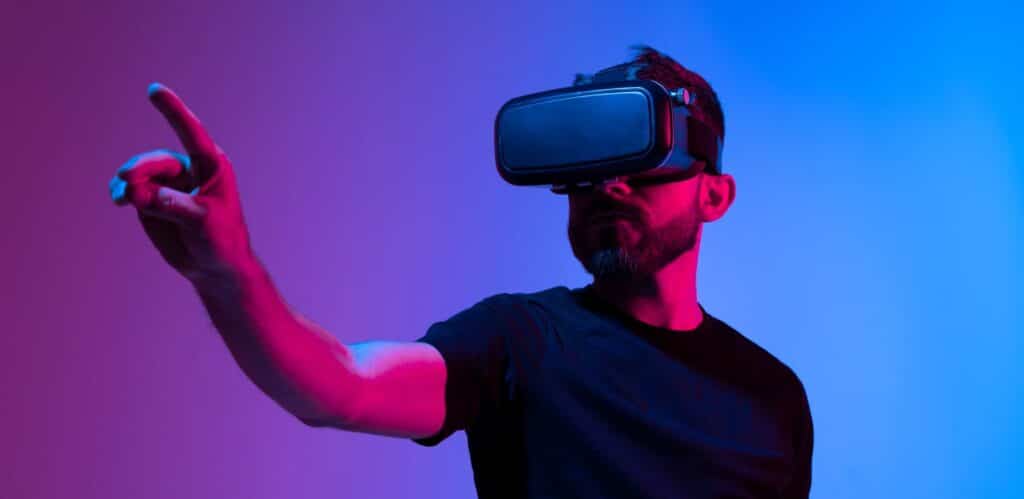
From trying on quirky Snapchat filters to placing virtual furniture in your home or diving into immersive VR worlds, you've probably experienced snippets of Extended Reality (XR). But XR isn’t just about fun; it’s a transformative technology reshaping our world.
In this exploration, we'll uncover XR and how it's more than just entertaining experiences. Let’s dive into the depths of XR’s definition, explore its solutions, and witness real-world examples that showcase its remarkable potential in revolutionizing our experiences and interactions.
What is XR Technology?
XR stands for Extended Reality, a technology that combines the real world with digital elements to create immersive experiences.
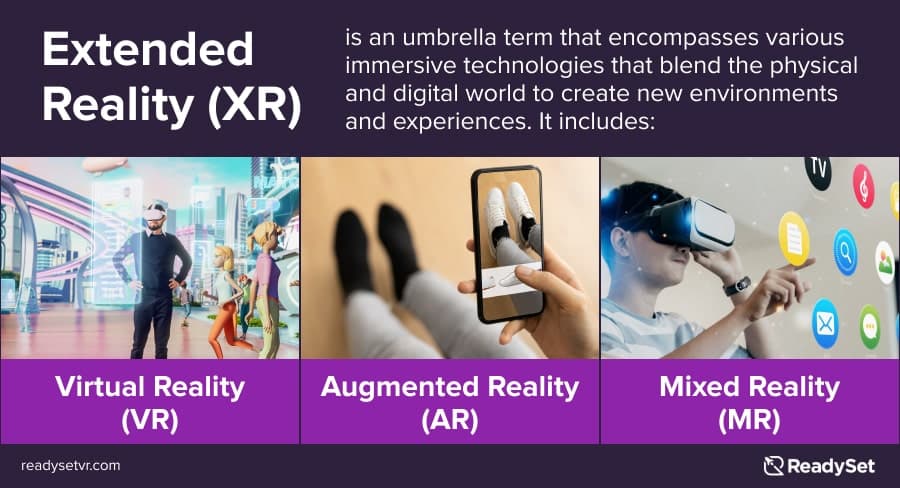
Extended Reality Definition
Extended Reality (XR) is an umbrella term that encompasses various immersive technologies that blend the physical and digital world to create new environments and experiences. It includes Virtual Reality (VR), Augmented Reality (AR), Mixed Reality (MR), and other related technologies.
Virtual Reality Definition
Virtual Reality (VR) is an immersive technology that enables users to interact and experience lifelike situations through realistic computer-generated environment simulations. VR experiences are created through specialized headsets and devices that can replicate physical spaces or entirely fantasy-driven realms, transforming entertainment, education, and various industries.
Augmented Reality Definition
Augmented Reality (AR) is an interactive technology that enhances users' real-time experiences through overlays of digital information or virtual elements onto the real world. AR experiences occur through devices like smartphones or augmented reality glasses that integrate computer-generated enhancements into the environment to transform how individuals perceive and interact with their surroundings. This innovative technology has widespread applications across gaming, education, retail, and more, revolutionizing numerous industries.
Mixed Reality Definition
Mixed Reality (MR) is an advanced technology that merges elements of both Virtual Reality (VR) and Augmented Reality (AR), blending real-world environments with virtual content in a seamless and interactive manner. MR technology enables users to interact with and manipulate both physical and digital objects, creating immersive experiences that combine the best aspects of VR and AR. This innovative technology holds immense potential across industries like gaming, education, healthcare, and more, redefining how users engage with digital content in real-world settings.
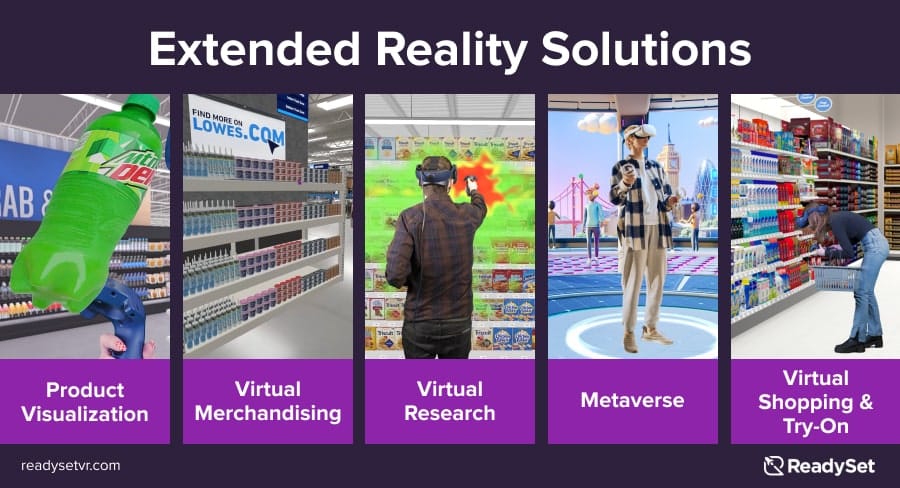
Extended Reality Solutions
With such intriguing technology, the question arises: How could the manufacturing sector utilize extended reality? XR solutions present unparalleled opportunities to streamline operations, drive efficiency, and elevate user experiences. From cost reductions and revenue generation to heightened productivity and enhanced customer engagement, extended technology redefines possibilities, delivering tangible advantages for businesses and users alike.
1. Product visualization
By utilizing XR technology, companies can create immersive environments that allow designers and engineers to interact with 3D models of products in a virtual space. Visualizing products in a three-dimensional, lifelike manner allows people to examine intricate details, textures, and dimensions that might be challenging to perceive through traditional two-dimensional models or computer screens. Establishing a cost-effective and efficient method for product design visualization and testing.
2. Virtual merchandising
Virtual merchandising is revolutionizing retail through cutting-edge virtual reality planogram software, adopted by top companies to craft infinite store merchandising variations in digital environments. Through Virtual Reality (VR) headsets, retailers and brands gain the power to visualize, test, and refine physical store designs without the need for immediate physical investment. Allowing retail brands efficiently save time and resources, crafting true-to-scale 3D POGs (Planograms) that not only boost sales but also foster remarkable growth opportunities.
3. Virtual research
Virtual research leverages XR (extended reality) to revolutionize the research landscape, providing immersive environments for conducting studies, simulations, and experiments. Through eye-tracking Virtual Reality (VR) headsets, researchers can explore scenarios, test hypotheses, and gather data in virtual spaces, offering a more dynamic and interactive approach to various fields, from science and medicine to social sciences and engineering. This technology reshapes traditional research methodologies by offering new ways to analyze, learn, and innovate.
4. Metaverse
The metaverse is considered a more immersive and interconnected evolution of the internet. It is a vast digital space that exists in virtual reality where global audiences can engage. Redefining how individuals interact with digital content, offering boundless possibilities for entertainment, work, education, and socialization. Companies can tap into new markets and demographics by building digital twins within the metaverse for users to interact, socialize, create, and engage with content in real-time, irrespective of geographic boundaries.
5. Virtual shopping and try-on
Enables customers to virtually explore products, visualize how items look or fit, and even try them on in a digital environment. This immersive technology bridges the gap between online and physical retail, offering a more engaging and personalized shopping experience. It allows users to interact with products in a virtual space, enhancing convenience, decision-making, and overall satisfaction with the shopping process.
Extended Reality Examples
The extended reality market comprises the latest XR devices and prominent organizations investing in the XR industry.
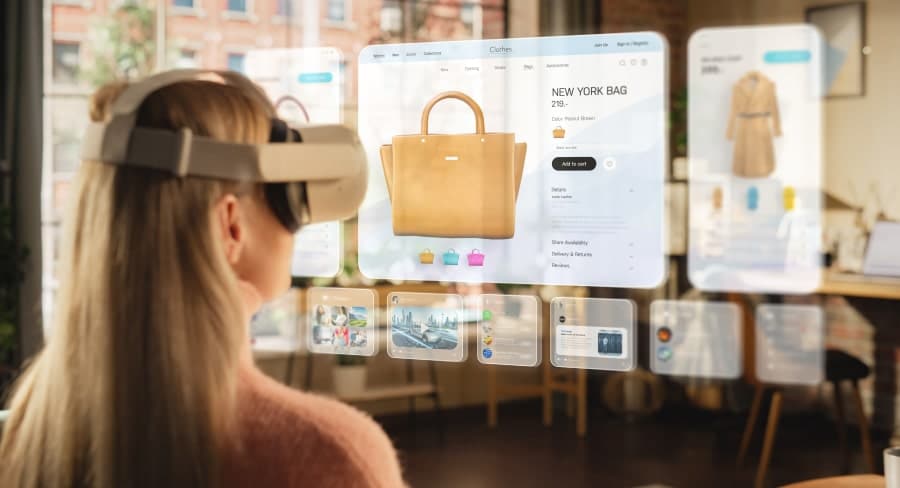
Retail and Commerce
In retail, extended reality (XR) integrates the real and virtual worlds to create more personalized experiences. XR in retail allows customers to preview products prior to purchase and engage with brands in virtual store environments. These transformative technologies are reshaping conventional brick-and-mortar setups and e-commerce strategies.
Clorox VR Shelf Design & Research
Clorox utilized virtual reality to transform a household cleaning and laundry section within a major retail space. They constructed immersive merchandising layouts and employed eye-tracking technology in VR testing, gaining insights into shopper behavior and interaction with sustainability messages and product placements. The VR-driven approach reinforced the retailer's credibility for home cleaning needs, educated on sustainable products, and outperformed competitors in overall consumer appeal.
L'Oréal Makeup Virtual Try-on
Through the use of AR, Try how a new red lipstick or blue eyeshadow will look on you before buying, without leaving your home. The virtual makeup try-on technology available on the Maybelline website allows you to try live all Maybelline Makeup products in your own phone with just a few clicks.
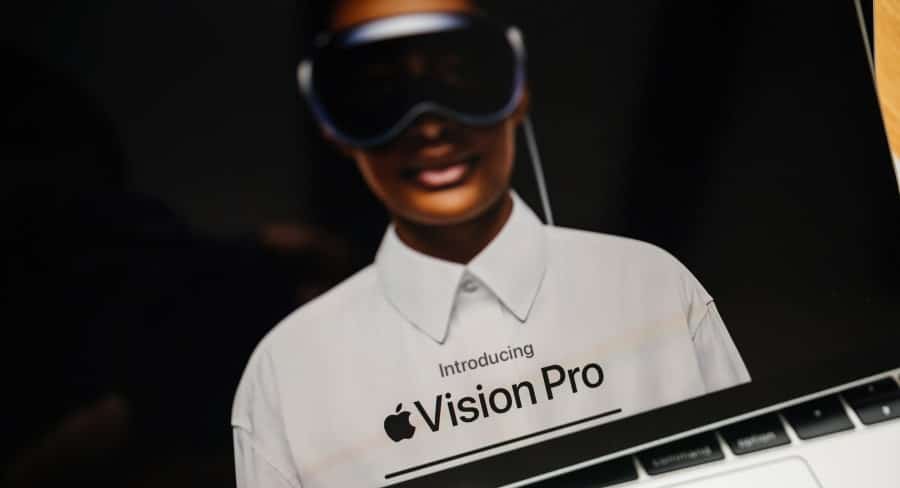
XR Headsets and Hardware
Explore the forefront of XR innovation with leading hardware offerings revolutionizing mixed reality experiences. From Apple's much-anticipated Vision Pro headset, poised to redefine social interaction, to Varjo's XR-4 system, pushing boundaries with enhanced visual fidelity and versatile functionalities, the landscape of XR headsets and hardware is evolving rapidly.
Apple’s Mixed Reality Headset
When talking about mixed reality solutions, we can’t help but mention Apple’s Vision Pro. An Apple XR headset has been long-awaited and is anticipated to be a revolutionary device akin to Mac's impact on personal computing. Set for an early 2024 release, this mixed reality (MR) headset innovates social interaction by projecting apps seamlessly into the physical environment while projecting the user's eyes externally to onlookers to ensure a more natural interaction.
The Vision Pro's emphasis on AR/MR over immersive VR and its $3499 price tag might restrict its market reach. Despite these limitations, Apple's strategy to lure developers with Unity support hints at potential growth for the Vision Pro in the VR realm. This headset marks a turning point in VR, displaying hardware advancements and signaling changes in user experience with implications for the future of VR technology.
Varjo XR-4 headset system
Varjo leads among extended reality companies, shaping the landscape through innovative XR hardware manufacturing. Unveiling their latest innovation on November 27th, the Varjo XR-4 headset system showcases remarkable advancements in extended reality technology. This upgraded system boasts a 50% increase in the visual field-of-view area compared to its predecessor, the XR-3, achieving an impressive 51 pixels per degree, with each eye offering 4K resolution. The XR-4 is available in three versions: Standard, High Security, and Focal, catering to diverse user needs.
The XR-4 offers a shift from subscriptions to a single purchase option, integrating inside-out tracking and Varjo controllers for usability. While lacking native skeletal hand tracking, it partners with Leap Motion for an optional add-on. It supports Open XR and Open VR for platform accessibility, with prices ranging from $4000 to $10000, aligning with its diverse features and functionalities.
Subscribe to our newsletter
Get our blogs and the latest retail news delivered to your inbox monthly.
Recent Posts
Pharmacy Merchandising Tech: 5 Powerful Ways to Boost OTC Sales
Here’s a staggering fact: Americans now buy over-the-counter (OTC) products 26 times a year-that’s 8x more often than they visit the doctor. With the OTC market exploding from 42 billion to 70 billion by 2033, the race is on for shelf space in 750,000+ stores. But here’s the problem, 44% of shoppers discover over-the-counter products…
How to Use 3D VR for Smarter Store Layout and Design
Explore how VR is revolutionizing grocery store layout and design planning by offering enhanced blueprint visualization in immersive 3D environments. Grocery store layout strategy is essential for establishing a positive and productive customer experience. A thoughtfully designed layout not only improves convenience but also fosters a sense of discovery, leading to longer, more enjoyable shopping…
Sauce & Condiment Sales Heat Up as New Tech Helps Out
Young Millennials and Gen Z consumers have fueled a boom in hot sauce trends and condiment sales. This surge is pushing leading brands and retailers to elevate their game with smarter virtual product innovation and assortment optimization. The condiment and hot sauce industry is thriving in 2024, driven by evolving consumer tastes and the growing…


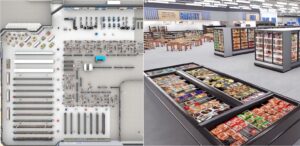
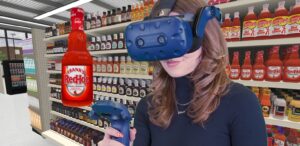
[…] better hardware and software, the XR market could reach $1 trillion by 20303. This growth shows XR will become part of our daily lives. It will offer new ways to connect, […]